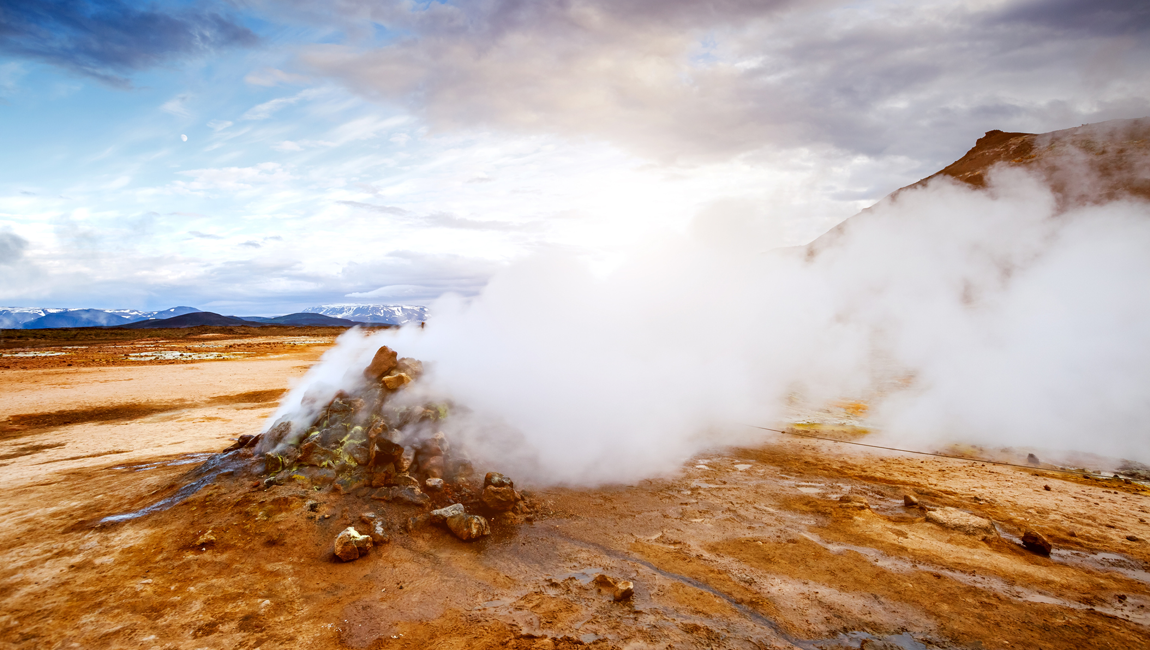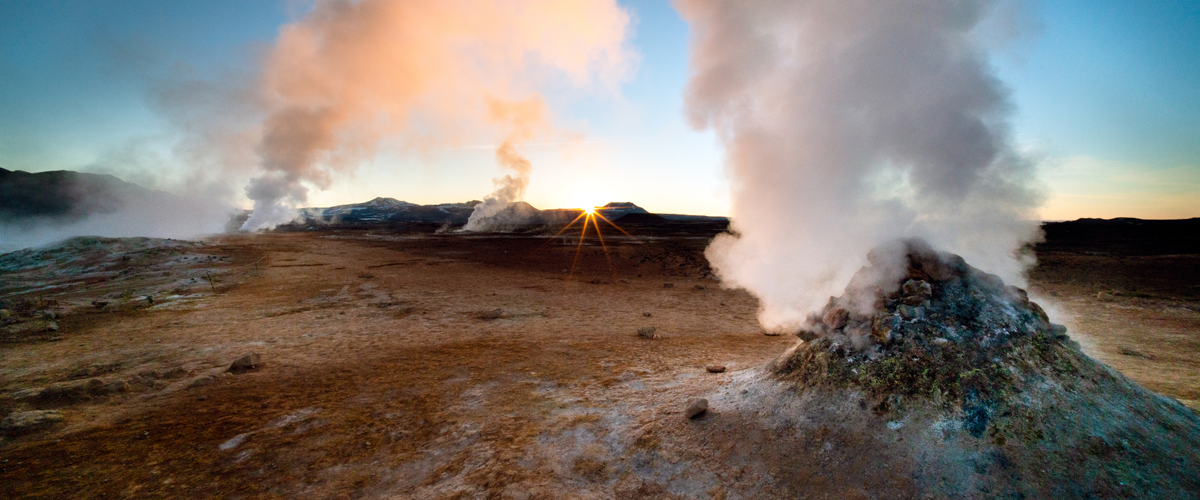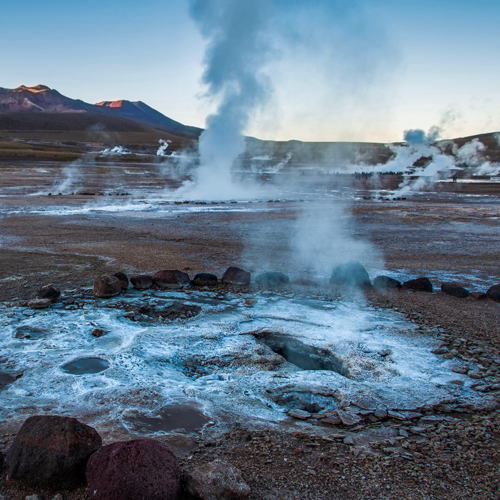Is natural gas a clean source of energy?

Fossil fuels have rightfully earned their reputation as harmful and damaging. But not all fossil fuels are created equal, and in a world economy that is still largely dependent on them, there are nuances to take into consideration. While zero-emissions sources of energy are most ideal on the road to a more sustainable world, one fossil fuel is notably better than others: natural gas. As we move toward a future oriented toward renewables, natural gas is sometimes looked to as a “bridge” or transitional fuel. And indeed, relative to its counterparts, natural gas is a cleaner burning fossil fuel, but its main drawback is that natural gas is not a renewable source of power.
What is natural gas?
Natural gas is a fossil fuel made of many different compounds, the most significant of them being methane. Like other fossil energy sources, natural gas formed millions of years ago as the remains of plants and animals accumulated on the earth’s surface and ocean floors, being submerged under sand and rock. Heat, pressure and the effects of time combined to transform some of this matter into natural gas. There are different types of natural gas and natural gas deposits, some located on land, others offshore.
How natural gas is used
Natural gas is most commonly used for heating and generating electricity, although some sectors implement it in other ways. Natural gas power plants—whether simple cycle or combined cycle gas plants—employ three-part gas turbines to create electricity. The process results in waste heat, which can sometimes be put to use.
Natural gas plants are inexpensive to build and highly efficient. Global discussions about whether or not to permit fracking and continue to expand the natural gas trade often hinge on economic factors: indeed, the natural gas sector can drive employment and create economic benefits, but equally, this argument can be made for more renewable forms of energy.
Why natural gas is a “cleaner” fossil fuel
Natural gas is cleaner than coal, petroleum and other fossil fuel counterparts, though calling it “clean energy” is a stretch. Natural gas produces fewer emissions of most kinds of air pollutants and carbon dioxide, while generating about the same amount of energy. Due to natural gas’ clean burning properties, it is increasingly being used as a source of electricity, as well as transportation fuel for fleet vehicles, according to the U.S. Energy Information Administration.
Some politicians and fuel magnates have touted the benefits of natural gas, but its use is not something to aspire to; it is a marginally-less-harmful alternative to coal or petroleum, but considerably more polluting than nuclear energy, for example. Natural gas use might best be conceived as a short-term way to “buy time” and help decrease global oil dependence as new technologies are developed and reliance on renewables grows. (“Short-term” in this case is likely just a few decades).
One inherent risk to looking at natural gas as a “transitional fuel”, as noted by National Geographic, is that in some countries—perhaps most notably, the high-consuming United States—doing so could ultimately thwart the path to renewables. Unless strong collaborative efforts and policies are made to limit natural gas use to a “bridge period”, our dependence on it will only grow.

Why natural gas is not renewable
Natural gas is not renewable energy. Renewable energy sources, by definition, come from naturally recurrent, auto-replenishing processes, and gas is a fossil energy source that will not be replenished in our lifetimes or indeed many, many human lifetimes. The main compound of natural gas, methane, is a strong greenhouse gas contributing to 3 percent of all greenhouse gas emissions in the United States, for perspective.
Additionally, the processes associated with natural gas sourcing and drilling are environmentally problematic. When geologists seek out natural gas deposits on land, their vehicles frequently upset area vegetation. Air pollution and community disturbances are direct outgrowths of well drilling operations, and natural gas production can result in contaminated water that has to be carefully managed.
Sometimes natural gas is produced but has a high concentration of toxic hydrogen sulfide or other problems deeming it unsuitable for transport or sale. In these cases, natural gas is burned or flared” at well sites, producing CO2 and many other compounds. Still, CO2 is not as potent a greenhouse gas as methane, making flaring marginally better than releasing natural gas into the air.





